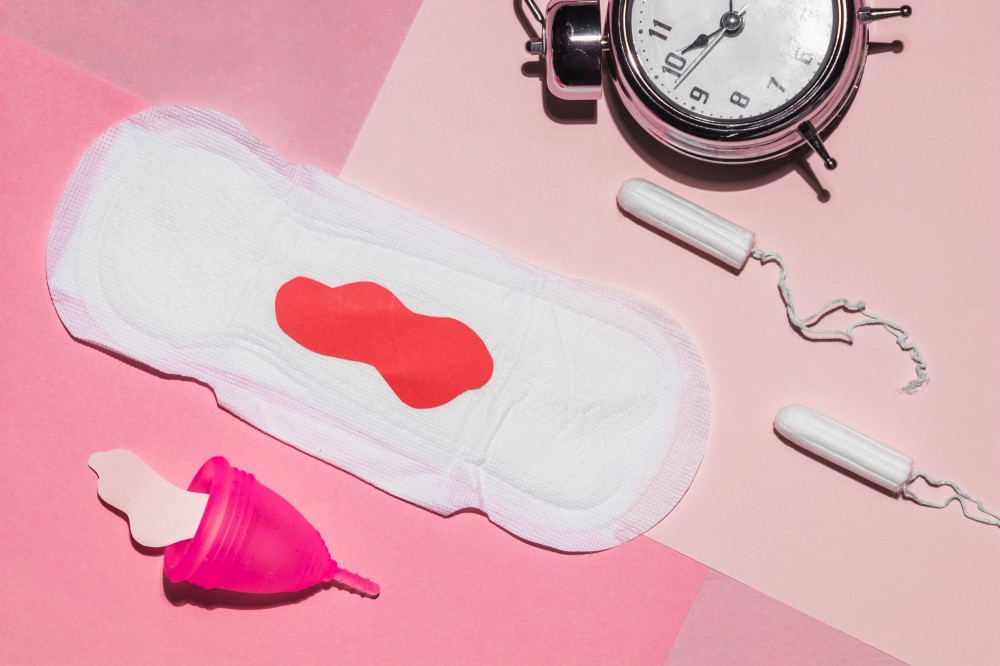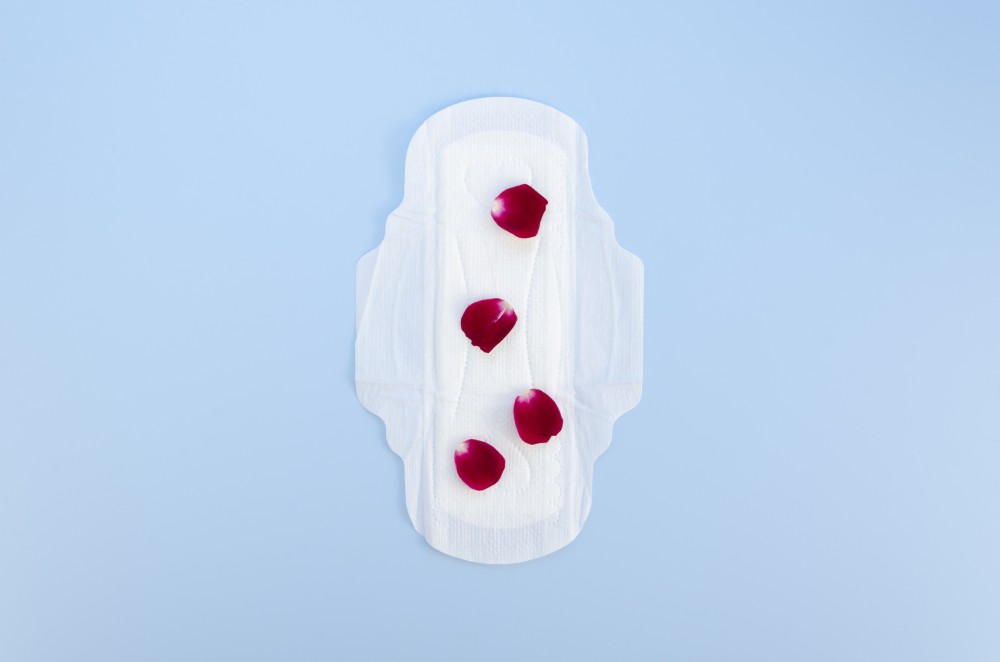
Choosing the right menstrual product is important for comfort, convenience, and health. Many people wonder whether a menstrual cup or a sanitary pad is the better option. This article will provide a detailed comparison of both products, considering factors like cost, health impact, environmental effects, and ease of use to help you make an informed decision.
Menstrual cup is a reusable, flexible cup made of medical-grade silicone, rubber, or elastomer. It is inserted into the vagina to collect menstrual fluid. Unlike pads, which absorb blood, menstrual cups hold the fluid until emptied. Many brands offer different sizes to accommodate various flow levels and anatomies.
A sanitary pad is a disposable absorbent product worn in underwear to absorb menstrual blood. Pads come in different sizes, thicknesses, and absorbencies to suit various flow levels. Some pads also feature wings to provide better protection and prevent leakage. They are easy to use and commonly preferred by beginners or individuals who are uncomfortable with internal menstrual products.
Pros:
Cons:
For Who?
Pros:
Cons:
For Who?

The choice depends on personal preference, lifestyle, and comfort level. Menstrual cups are a great investment for those looking to save money, reduce waste, and wear a product for long hours without frequent changes. On the other hand, sanitary pads offer convenience, especially for beginners, and are readily available in emergencies.
If you’re looking for high-quality menstrual products, visit our pharmacy website for the best deals on menstrual cups and sanitary pads! Our wide range of options ensures that you can find the perfect product to meet your needs.
References:
Subscribe for our latest news and be the first to know about our offers.